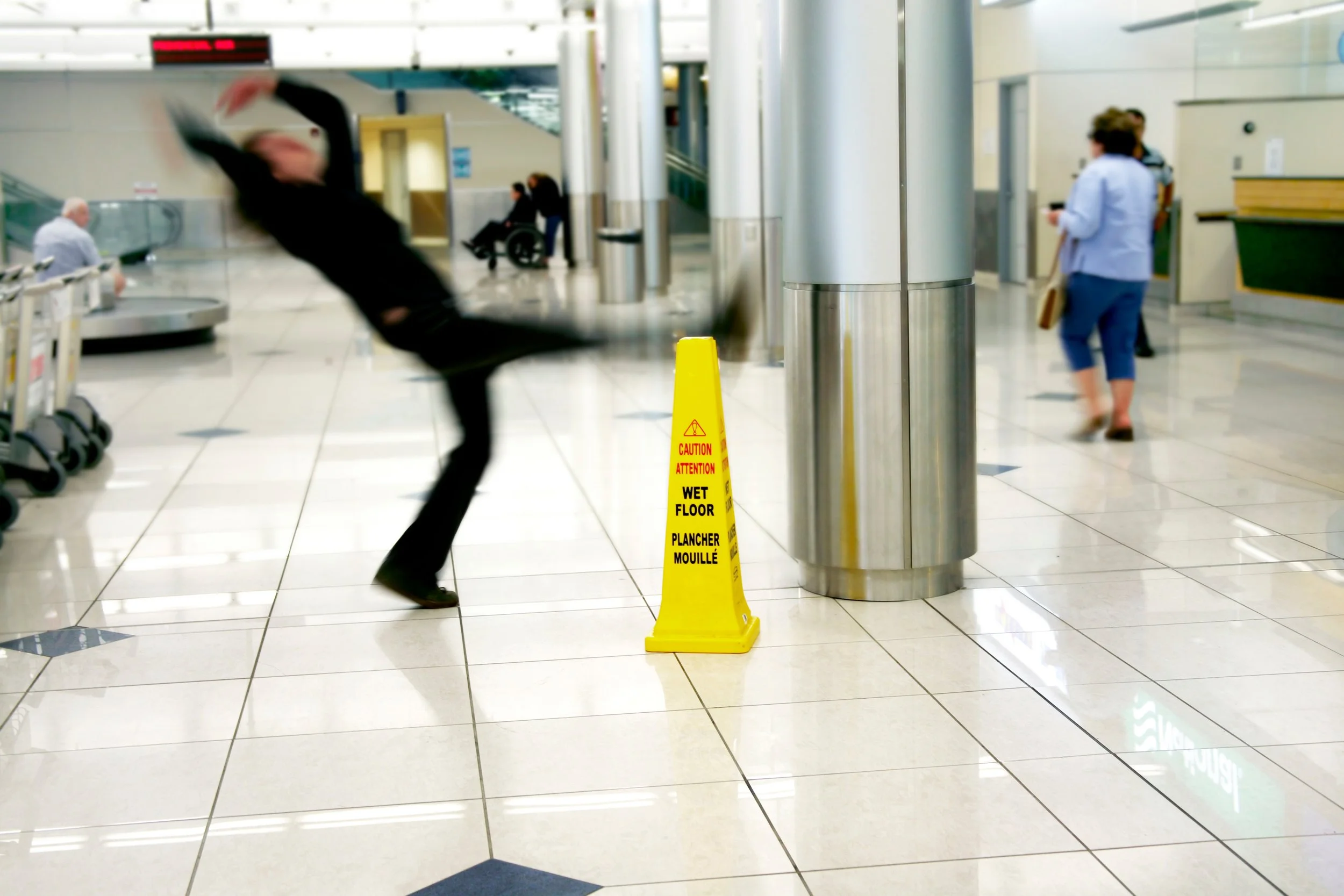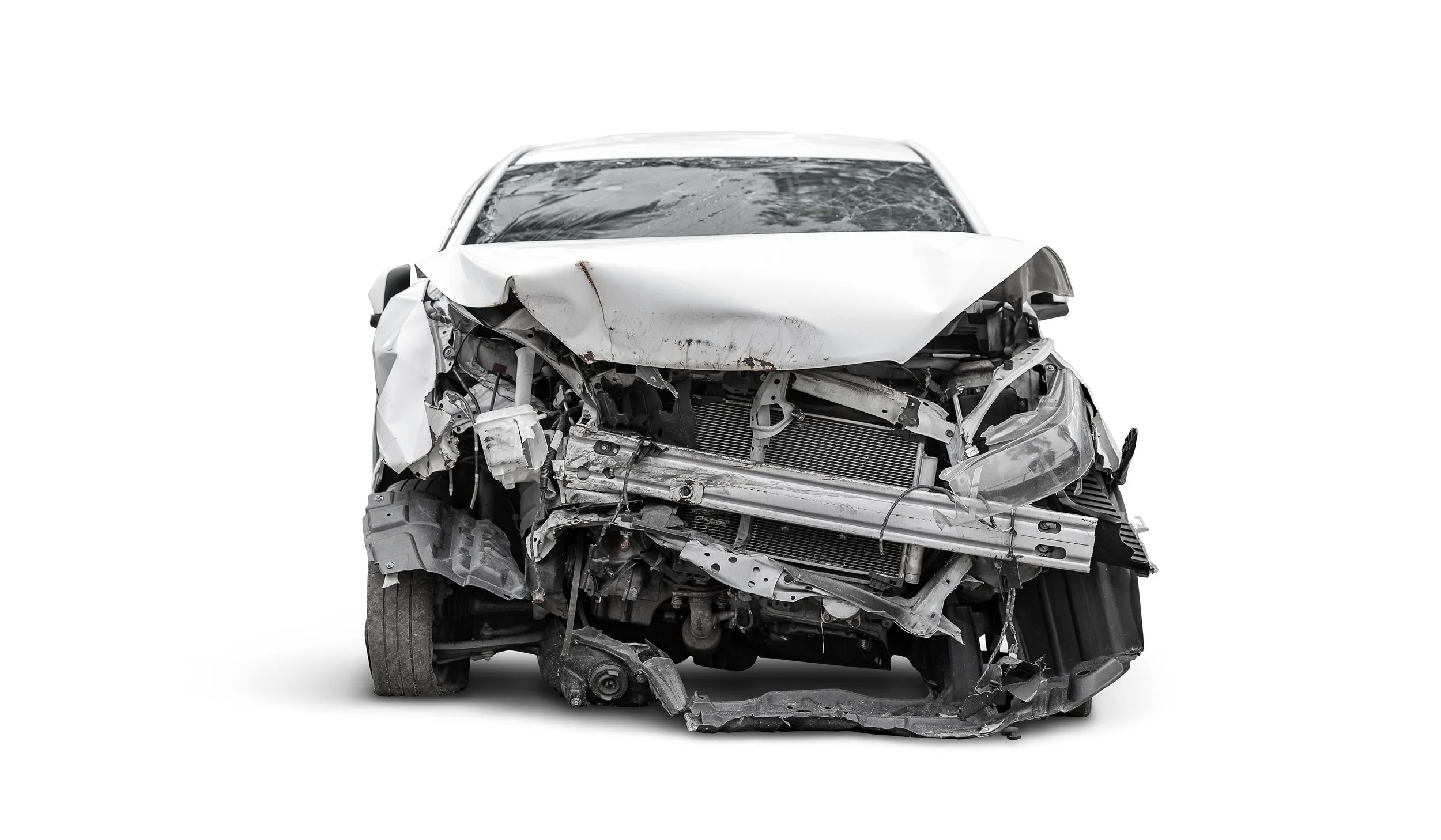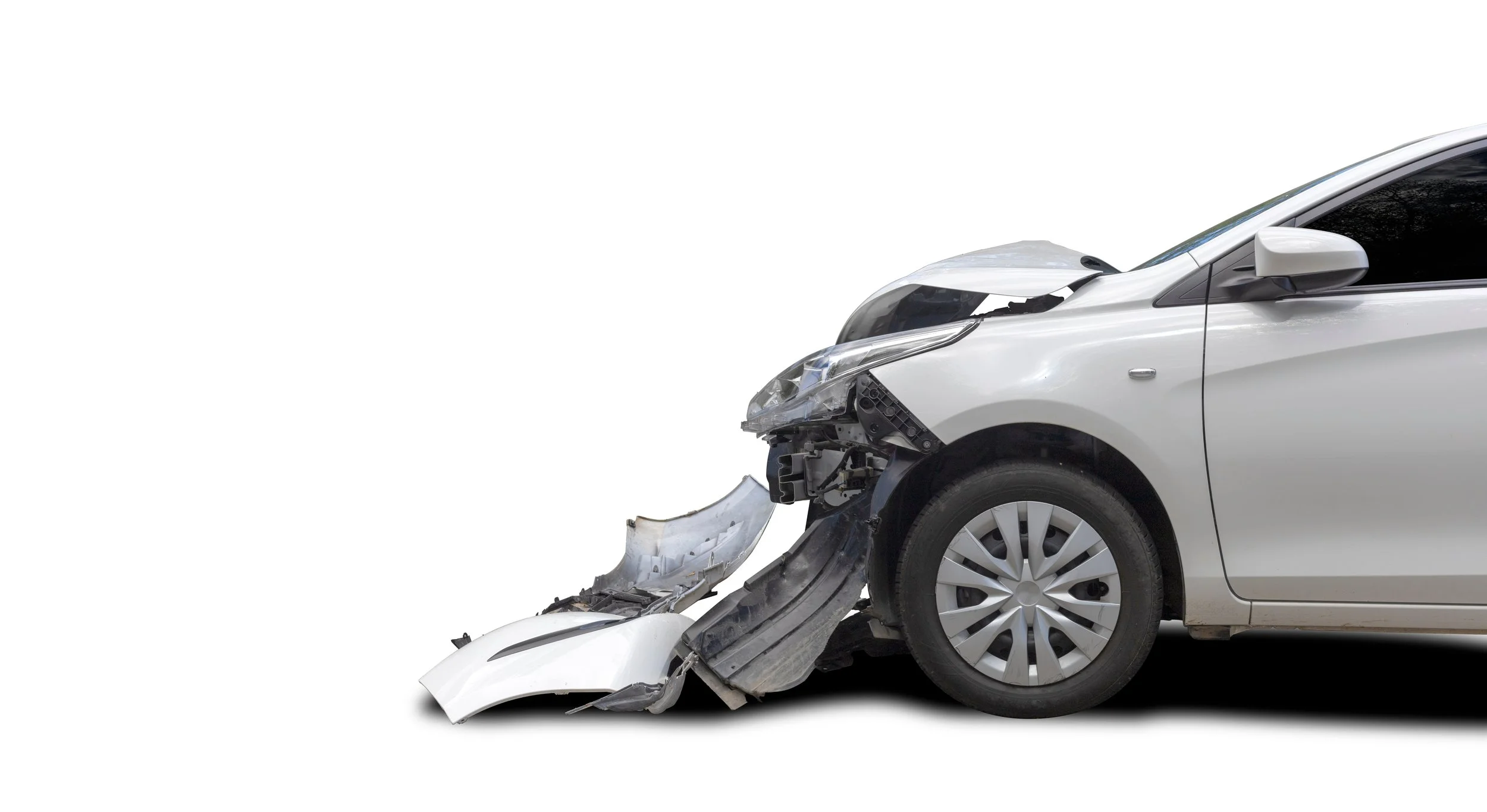Beyond "Wet Floor" Signs: Unusual Premises Liability Cases in California.
Published: October 3, 2025. Estimated Read Time: 9 minutes
This article is part of our ongoing series for October’s Premises Liability Month. Yesterday, we covered what to do in case of a slip in fall in a store, and before that, we gave a broad overview of what premises liability is and what types of cases fall under this category.
When you think of a premises liability claim, the classic "slip and fall" in a grocery store likely comes to mind. While these cases are common, the legal principle of premises liability extends far beyond a wet floor or a cracked sidewalk.
California law holds property owners to a broad duty of care, and this duty can be applied to some truly unexpected and unusual situations. From a goat attack at a petting zoo to a poorly placed piece of art, property owner negligence can create danger in the most surprising ways.
Exploring these unusual cases helps illustrate the true scope of a property owner's responsibility. Here are some of the most fascinating and unconventional premises liability cases that have emerged from California courts.
1. The Case of the Off-Leash Goat (Animal Attacks Beyond Dogs)
Everyone knows a dog bite can lead to liability, but what about other animals? California's strict liability statute for dog bites (§ 3342) is specific to dogs. However, victims injured by other animals can still sue under a broader premises liability theory.
The Scenario: A visitor to a petting zoo or farm is injured by an animal that is not properly secured, restrained, or controlled. For example, an aggressive goat that is allowed to roam freely headbutts a child, or a visitor is kicked by a horse in a poorly designed interaction area.
The Legal Argument: The property owner failed to maintain their premises in a safe manner by not providing adequate barriers, warnings, or supervision for interactions with animals known to have the potential for unpredictable behavior. The owner's negligence in managing the animal's environment is the basis for the claim, not the animal's viciousness itself.
2. The Peril of Poorly Placed Art (Aesthetic vs. Hazard)
Property owners often use art and décor to enhance their spaces, but when aesthetics override safety, it can create a liability nightmare.
The Scenario: A high-end hotel lobby features a beautiful, large-scale sculpture with sharp, protruding edges placed in a high-traffic area. A guest, distracted while checking their phone, turns and walks directly into the sculpture, suffering a severe laceration.
The Legal Argument: The property owner knew or should have known that placing an object with dangerous protrusions in an area with heavy foot traffic created an unreasonable risk of harm. A reasonable property owner would have either chosen a different piece of art, placed it in a safer location, or installed protective barriers around it. The failure to do so constitutes negligence.
3. The Trampoline Park Implosion (Inherent Dangers of "Jump Culture")
Trampoline parks and similar recreational facilities have exploded in popularity—and so have the associated injuries. While participants assume some risk, the facility has a non-delegable duty to ensure safety.
The Scenario: A trampoline park fails to properly maintain its equipment. A torn trampoline mat goes unrepaired for weeks. A jumper lands on the tear, their leg goes through, and they suffer a complex compound fracture. The park's staff was also under-trained and slow to respond.
The Legal Argument: The business failed in its duty to protect invitees from unreasonable risks. While jumping carries an inherent risk of falling, a torn trampoline mat is a known hazard that the business had a duty to discover and repair. Their negligence in maintenance and supervision directly enhanced the risk beyond what a customer voluntarily assumes.
4. The Ill-Conceived Fitness Challenge (Negligent Supervision of Activities)
Gyms and fitness studios often push the limits to attract clients, but they must do so safely.
The Scenario: A gym hosts a "extreme" fitness challenge. The event is poorly supervised, and participants are encouraged to push through pain without proper instruction on form. A participant, exhausted and unsupervised, attempts a heavy overhead lift with poor form, causing a severe spinal disc herniation.
The Legal Argument: The gym owed a duty to its members to provide adequate instruction and supervision for the activities it sponsored. By designing a high-risk event and then failing to provide the necessary oversight to ensure it was conducted safely, the gym breached its duty of care. The specific injury was a foreseeable result of this negligence.
5. The Dark Side of "Shabby Chic" (When Décor is a Defect)
The trend of reclaimed materials and rustic décor can sometimes introduce hidden hazards.
The Scenario: A popular restaurant designs its interior with reclaimed wood, including a large, heavy barn door on an overhead track to separate a private dining room. The installation is faulty, and the door is not properly secured to the track. One evening, the door derails and falls on a diner, causing serious injury.
The Legal Argument: The property owner is liable for injuries caused by defective conditions on the premises, even if those conditions are part of the design aesthetic. The restaurant had a duty to ensure that all architectural elements, especially heavy overhead objects, were installed and maintained correctly. Their failure to do so created a dangerous hidden defect.
6. The Gated Community That Wasn't Secure (Mismatched Security Promises)
This case involves a nuanced area of premises liability: negligent security. Liability often hinges on what was promised versus what was provided.
The Scenario: A luxury apartment complex advertises itself as a "gated community with 24/7 security" to justify its high rents. In reality, the gate is frequently broken, and the security guard's patrols are infrequent and unpredictable. A resident is assaulted during a robbery in a poorly lit parking lot.
The Legal Argument: The property owner created a "special duty" by actively promoting its security features, leading residents to believe they were safer than they actually were. By then failing to provide the advertised security, the complex was negligent. The foreseeability of crime in the area would also be a major factor in this type of case.
The Strict Deadlines You Must Know: The Statute of Limitations
Time is not on your side. California law sets strict deadlines for filing a lawsuit, known as the statute of limitations:
Against a Private Business: You generally have two years from the date of the injury to file a lawsuit .
Against a Government Entity: If you fell in a city-owned building or on public property, you have a mere six months to file an initial claim with the government agency .
Missing these deadlines will almost certainly bar you from ever recovering compensation.
The Common Thread: Foreseeability and Reasonable Care
What ties these unusual cases together with a standard slip and fall? The core legal principles of foreseeability and reasonable care.
In each scenario, the court would ask:
Was it foreseeable that the property owner's action (or inaction) could create a dangerous condition and cause harm?
Did the property owner exercise reasonable care to prevent that harm?
If the answer to the first question is "yes" and the second is "no," the property owner can be held liable, whether the hazard was a puddle of water or a poorly placed sculpture.
Why You Need an Attorney on Your Side
These cases demonstrate that premises liability law is complex and full of surprising nuances. If you've been injured on someone else's property in an unusual way, don't assume you don't have a case. The key is to speak with an attorney who can analyze the specific facts and identify the property owner's breach of duty.
Caldwell Law Firm has the experience to handle the full spectrum of premises liability cases, from the straightforward to the highly unusual. Contact us for a free consultation to understand your rights and options.
Sincerely,
The Team at Caldwell Law Firm
Michael Train Caldwell was born and raised in the San Francisco Bay Area, and resides in Marin County with his two children. The son of renowned San Francisco trial attorney, Edwin Train Caldwell, Michael comes from a family of litigators, and has been representing individuals facing injury and discrimination for over 20 years.
John Holman is an attorney with 23 years of litigation experience in both defense and plaintiff side litigation. John is admitted in the State of California and United States District Court for the Northern District of California. He is a graduate of UCLA in political science and earned is JD at Golden Gate University.
Before you go, check out some free resources we put together for you, and don’t forget to subscribe!
Legal Resources
Caldwell Law Firm’s free guide for drivers in California.
Confusing legal jargon? Nobody has time for that. We’ve grouped terms roughly by topic to help you quickly find the ones that pertain to your claim.
Areas Of Practice
More info about our firm’s areas of practice relevant to California roads:
Recent Auto Accident Articles
Get In Touch
Call us at (415) 453-8339 or fill out our email form:








